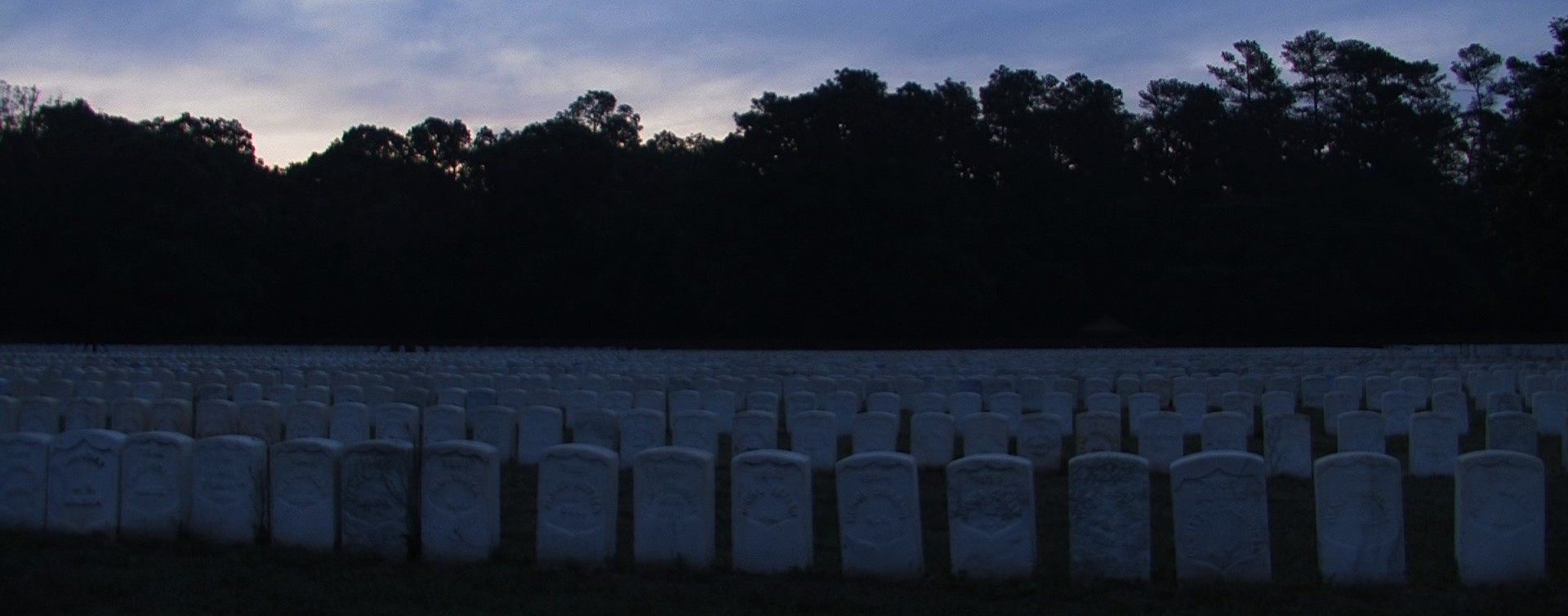A new photo found
I was giving a presentation about Company K to the Holland Area Historical Society in March of 2018. At the conclusion of the event a man came up and related that he had a photograph of Louis Miskoguon, one of the members of Company K who had been captured the first day of the Siege of Petersburg. He was then sent to Andersonville. After his release he was sent home on the ill-fated Sultana. After it exploded killing some 1,800 men, he found his way back home to Michigan.
I was amazed there was a previously unknown (to Chris Czopek and other scholars of Company K) tintype and asked if I might share it. Yes, as long as the recipients were truly interested. If you are here you are truly interested. This photo is available thanks to the generosity of David Broene.
The Four Medicines
Kookoosh Roger WIlliams Kchinodin talks about the importance of the four medicines of the Anishinabe. Roger is the associate producer of this film. In fact, this project was his idea. He, historian Chris Czopek, and I met in 2009 at a McDonald’s south of Grand Rapids to talk about the possibility of such an adventure. But this film was ONLY the first part of Roger’s vision: the rest had to do with a full-length narrative feature. We’re still working on that. But here is an account of the healing offered by nature to the first people.
Four Medicines teaching from David Schock on Vimeo.
“Chid” Duverney, the youngest Union soldier?
- William “Chid” Duverney, who, when he enlisted at age 11, was possibly the youngest soldier in the North. (Photo courtesy Clarke Historical Library, Central Michigan University.)
This soulful face belongs to William “Chid” Duverney (alternately Duvernay), perhaps the youngest soldier in the Union Army. Duverney was only 11 when he lied about his age, telling recruiters that he was 13. He accompanied his older half-brother John Kedgnal, 18, in to the ranks of Company B of the First Michigan Sharpshooters. There Chid served as a regimental musician…a drummer, and as illustrated by this photo, a violinist. His Civil War career as a musician came to an end in July of 1864 when he was assigned to serve as a hospital attendant. Without doubt, he saw much more than any child of tender years should have seen.
Duverney’s musical career would last far beyond the war. He served as snare drummer in the Grand Haven Concert band. He died 25 August 1893 in Milwaukee at the National Soldiers Home and is buried in Lake Forest Cemetery of his home city, Grand Haven. Chid was the son of a French Canadian, Pierre Duverney, and his wife, Julia (Nagah-HNo-Geshik-Go-Quay), the daughter of a Wisconsin Native American leader. The Duverney family was one of Grand Haven’s first settlers.
![]()

